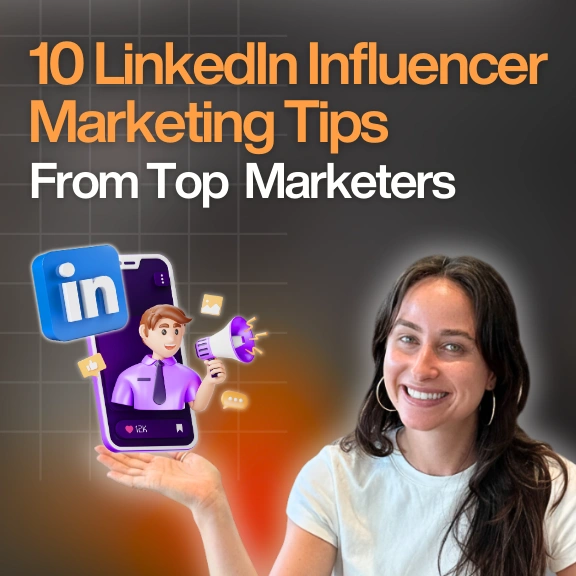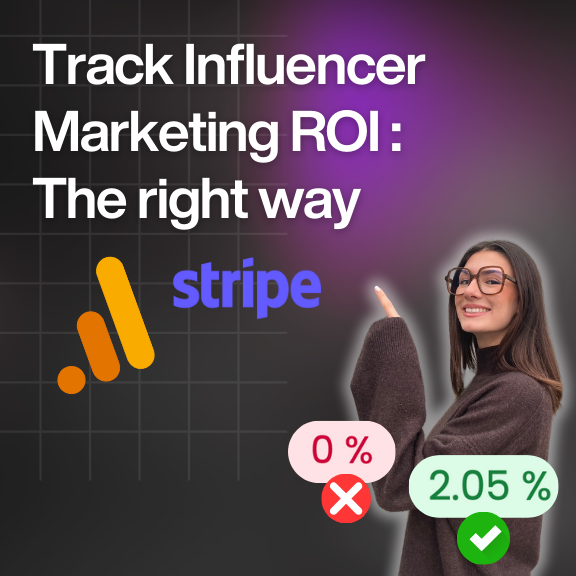Blog & Articles
Your ultimate ressource for the creator economy
Methodology & Rankings
About Favikon, rankings, tools & much more.
Insights
The recipe behind Favikon's viral & coveted rankings.
Free tools to power your influencer marketing workflows.
See Favikon users' success stories.
Get access to all Favikon rankings.
Become a Partner
Become an Affiliate
About the team behind Favikon
The place to talk creator economy, together


Featured Rankings

Here is the Top 50 Rising Video Creators on LinkedIn. Video is quickly becoming the platform’s most powerful format, with creators gaining more reach and engagement than ever. As Gen Z grows its presence and tools like BrandLink and Thought Leader Ads support content creation, LinkedIn is doubling down on video. This ranking, made in partnership with OpusClip, celebrates the creators leading this shift and aims to inspire anyone ready to start sharing through video.

Here is the Top 50 Rising Video Creators on LinkedIn. Video is quickly becoming the platform’s most powerful format, with creators gaining more reach and engagement than ever. As Gen Z grows its presence and tools like BrandLink and Thought Leader Ads support content creation, LinkedIn is doubling down on video. This ranking, made in partnership with OpusClip, celebrates the creators leading this shift and aims to inspire anyone ready to start sharing through video.
Tracking the return on investment (ROI) of your Instagram influencer campaigns is one of the biggest challenges in modern marketing. With influencer marketing becoming a $21 billion industry, brands need clear ways to measure what's working and optimize their spending. This guide covers the main challenges you'll face and four proven methods to track your influencer marketing ROI effectively.
The Challenge: Why ROI Tracking Is So Difficult
Unlike traditional advertising, influencer marketing ROI isn't straightforward to measure. Here are the main challenges brands face:
Attribution complexity: Customers often see multiple touchpoints before converting - an Instagram story, a feed post, then maybe a Google search before purchasing. Which channel gets credit?
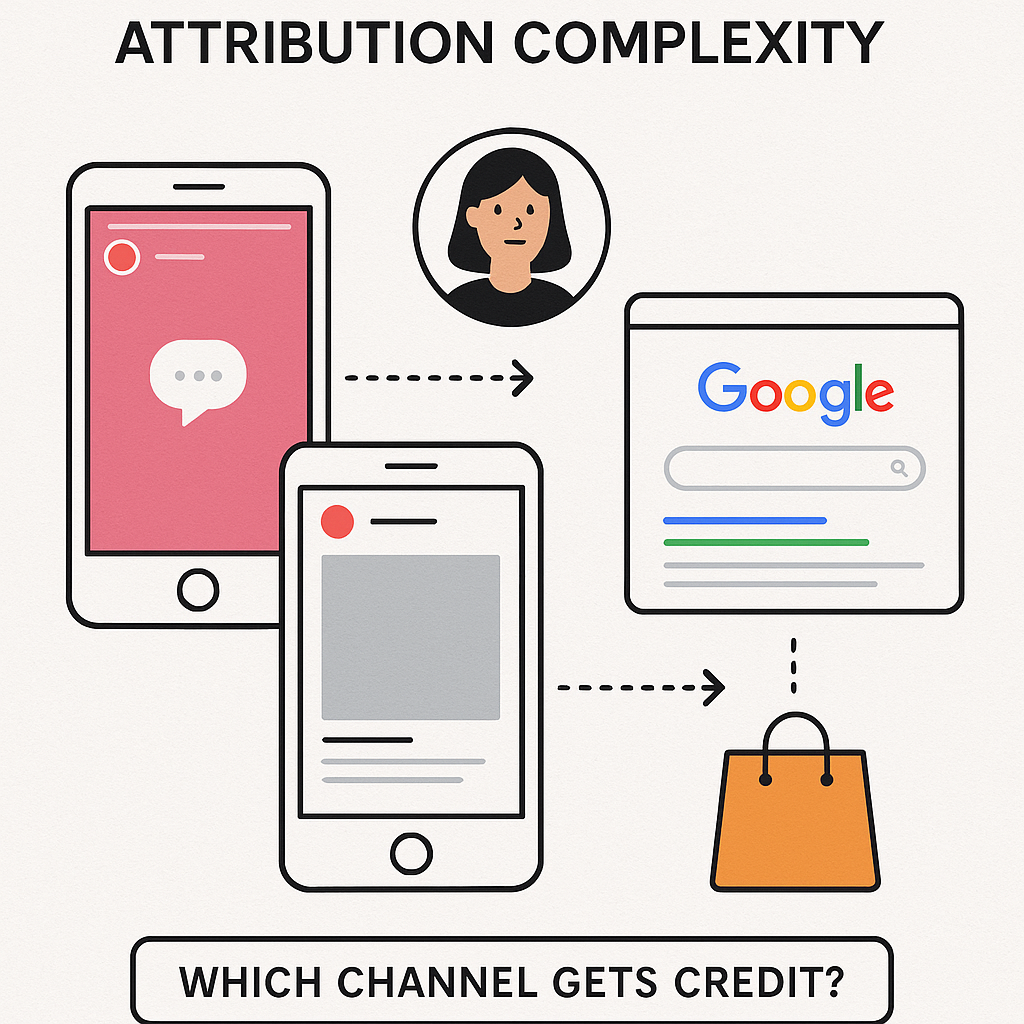
Long purchase cycles: Especially for higher-priced products, customers might see an influencer post but not convert for weeks or months later.
Cross-platform behavior: Users might discover you on Instagram but purchase on your website, making direct attribution tricky.
Brand awareness vs. direct sales: Influencer campaigns often build long-term brand equity that's hard to quantify immediately.
Fake engagement: Bot followers and purchased likes can inflate metrics without driving real business results.
Why EMV Isn't the Best ROI Indicator
Many brands rely on Earned Media Value (EMV) to measure influencer ROI, but this metric has serious limitations. EMV calculates the theoretical cost if you had to pay for the same reach through traditional advertising.
The problem with EMV:
- It assumes all impressions are equal, which isn't true
- It doesn't account for engagement quality or audience authenticity
- It can't measure actual conversions or sales impact
- The calculations are often inflated and don't reflect real business value
- It treats a celebrity's million followers the same as a micro-influencer's engaged community
Instead of relying solely on EMV, focus on metrics that directly tie to business outcomes: website traffic, conversions, sales, and customer acquisition cost.
Method 1: UTM Tracking with Google Analytics
This is the foundation of proper influencer ROI tracking. The process involves creating unique UTM (Urchin Tracking Module) parameters for every influencer, then analyzing the results in Google Analytics.
Step 1: Create UTM Links
Build unique tracking URLs for each influencer using these parameters:
- utm_source: instagram
- utm_medium: influencer
- utm_campaign: your campaign name (e.g., summer2024)
- utm_content: creator's name or handle
- utm_term: optional keywords
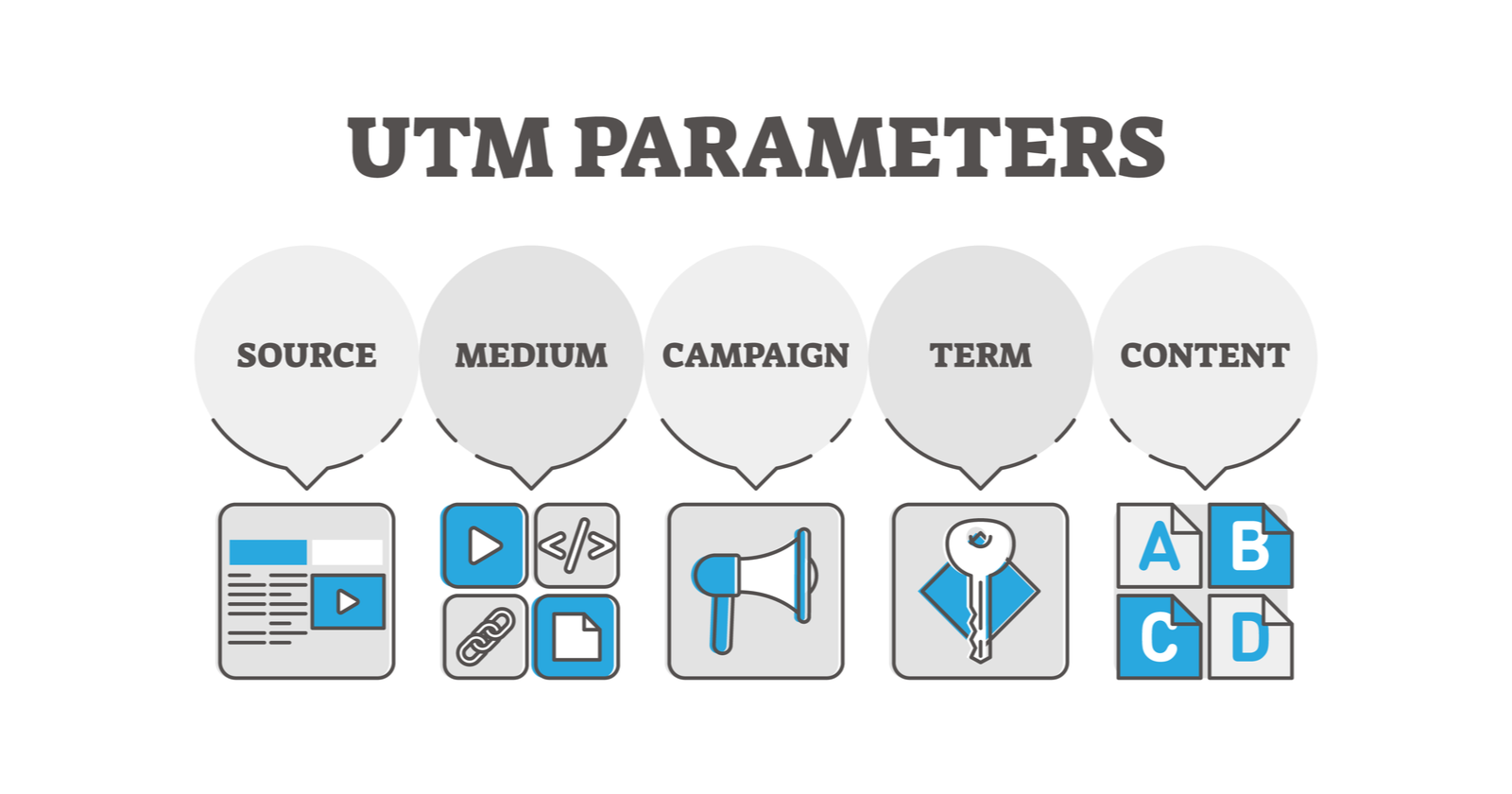
Example UTM Link:
www.yourwebsite.com/product?utm_source=instagram&utm_medium=influencer&utm_campaign=summer2024&utm_content=creator_name
Use any free UTM Builder or tools like Bitly to create these links easily.
Step 2: Track Performance in Google Analytics
Once your UTM links are live, Google Analytics automatically organizes this data. Navigate to Acquisition > Campaigns to see performance by campaign, or Source/Medium to view results by influencer.
Set up conversion goals in Google Analytics for your key actions:
- E-commerce purchases
- Email newsletter signups
- Demo requests
- Contact form submissions
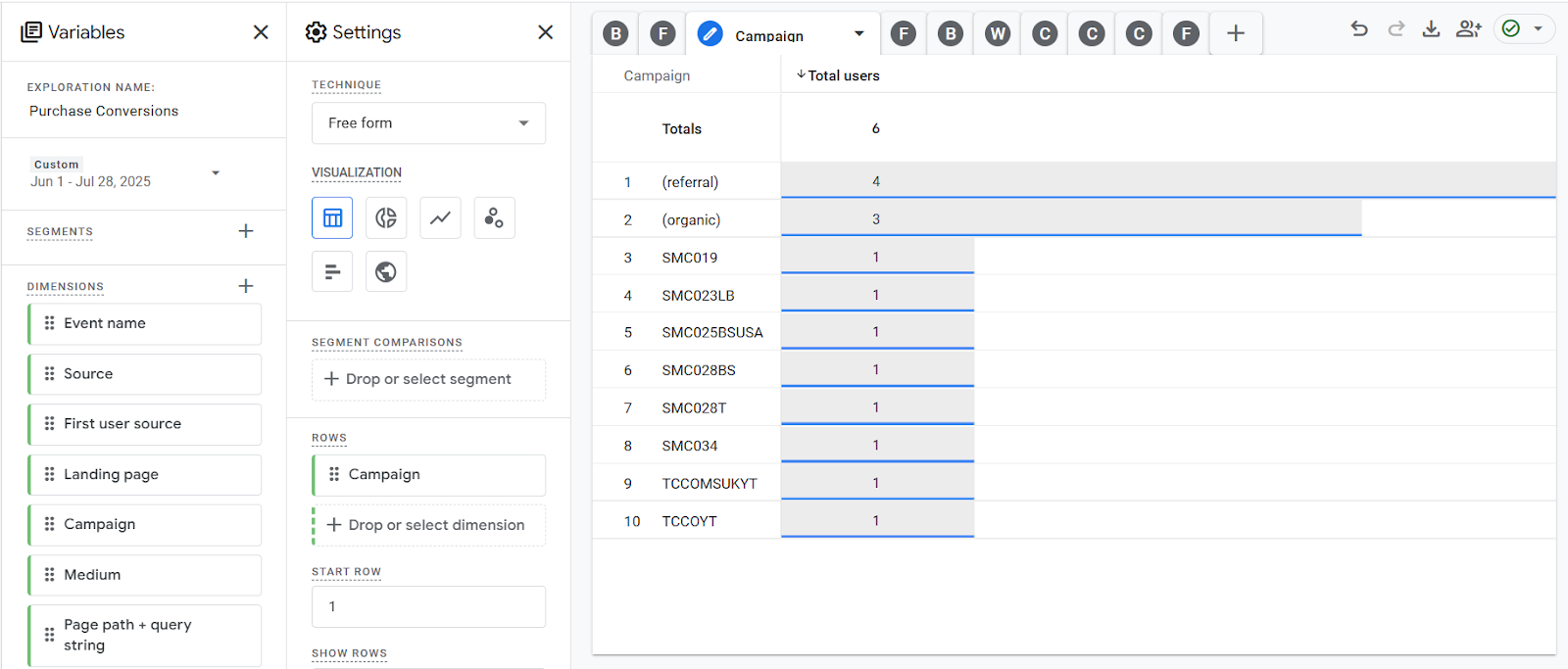
Step 3: Analyze ROI Data
Create custom segments in Google Analytics to isolate influencer traffic. Filter for "Source/Medium contains instagram/influencer" to see exactly how this audience behaves compared to other traffic sources.
Key metrics to monitor:
- Sessions and users from each influencer
- Conversion rates by creator
- Revenue generated per influencer
- Customer acquisition cost
- Average session duration and bounce rate
Calculate ROI by comparing the revenue generated (tracked through goals) against what you paid each influencer. This method provides direct attribution from influencer posts to actual business results, though it only captures users who click through to your website.
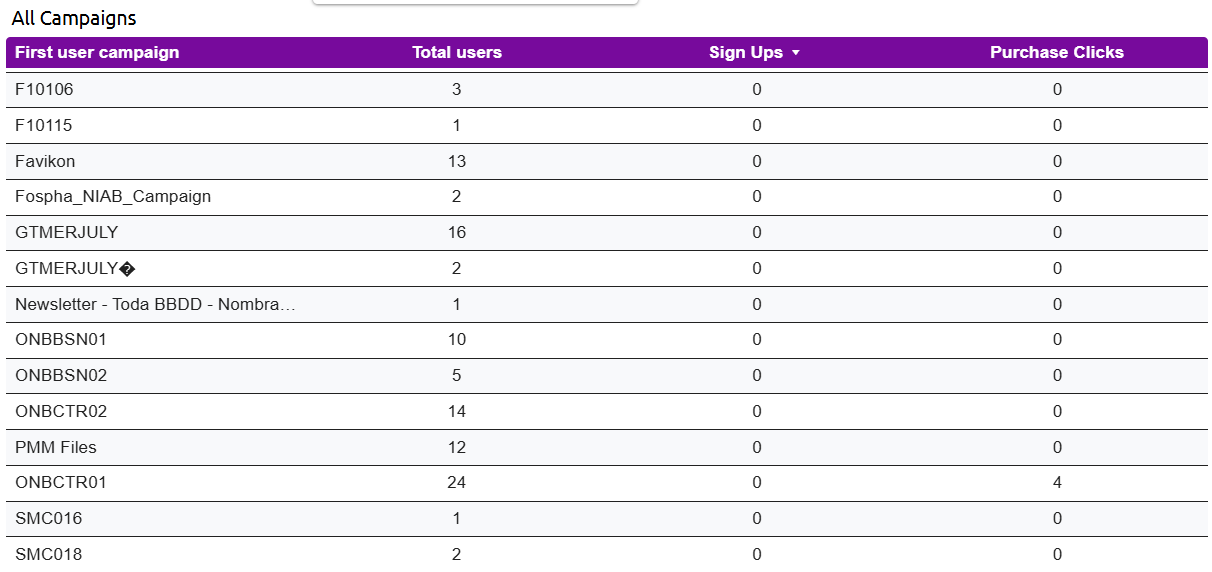
Method 2: Ask Creators for Reach and Impression Data
Most influencers can share their post performance data directly from Instagram Insights. Request screenshots or reports showing:
- Total reach and impressions
- Engagement breakdown (likes, comments, shares, saves)
- Story completion rates
- Profile visits generated
- Website clicks from their bio or stories
This data helps you understand the full scope of campaign performance beyond just the traffic that reaches your website. It's especially valuable for brand awareness campaigns where direct clicks aren't the primary goal.
Pro tip: Build this data sharing requirement into your influencer contracts from the start. Most creators are happy to share performance data when it's part of the agreed process.
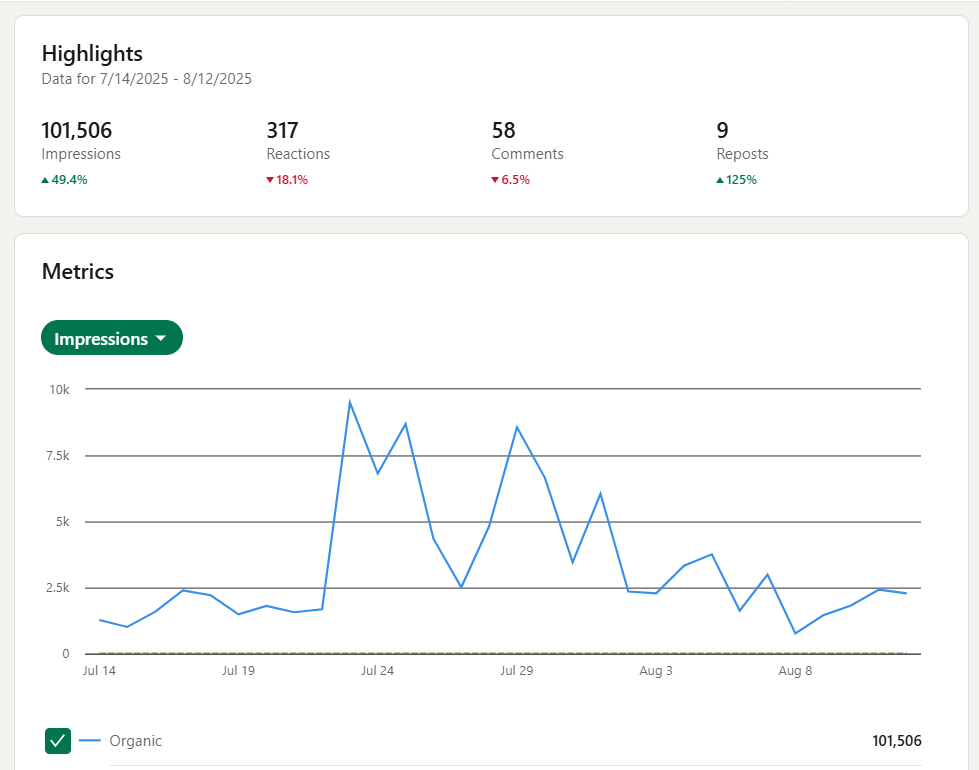
Method 3: Influencer Marketing Platforms
Specialized software like Favikon provides the most comprehensive ROI tracking by combining creator discovery with performance analytics. These platforms help you choose the right influencers from the start - which is crucial for ROI success.
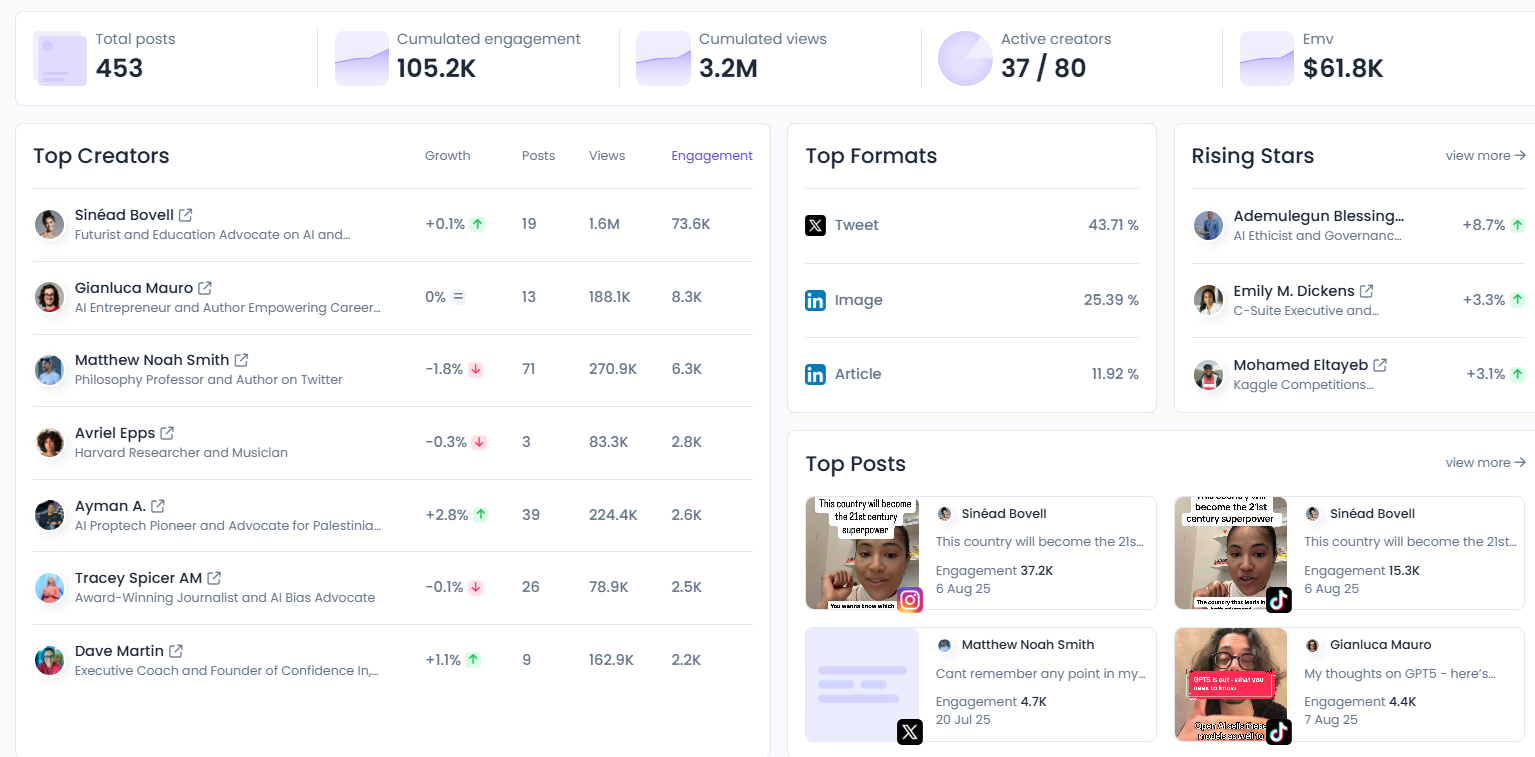
Favikon analyzes over 10 million Instagram creators, providing audience authenticity scores, engagement quality metrics, and brand partnership history. You can track campaign performance across posts, stories, and reels while monitoring which creator partnerships deliver the best returns.
The platform's real-time analytics make it easy to calculate ROI across multiple campaigns and identify your most effective creators for future partnerships. This data-driven approach helps you avoid common pitfalls like working with influencers who have fake followers or audiences that don't match your target market.
Other platforms like AspireIQ, Creator.co, and Grin offer similar capabilities depending on your budget and needs.
Method 4: Unique Promo Codes
Assign each influencer a unique discount code for direct sales attribution. This method provides the clearest ROI measurement because you can directly track purchases back to specific creators.
What to track:
- Code usage rates
- Average order value per code
- Total revenue generated
- Customer lifetime value of code users
- Repeat purchase behavior
Calculate ROI by dividing the revenue generated from each code by the amount you paid that influencer. Codes with 3:1 ROI or higher typically indicate successful partnerships.
The limitation is that promo codes only capture customers who use the discount. Some buyers might see an influencer's content but purchase without using the code, so this method can undercount true impact.
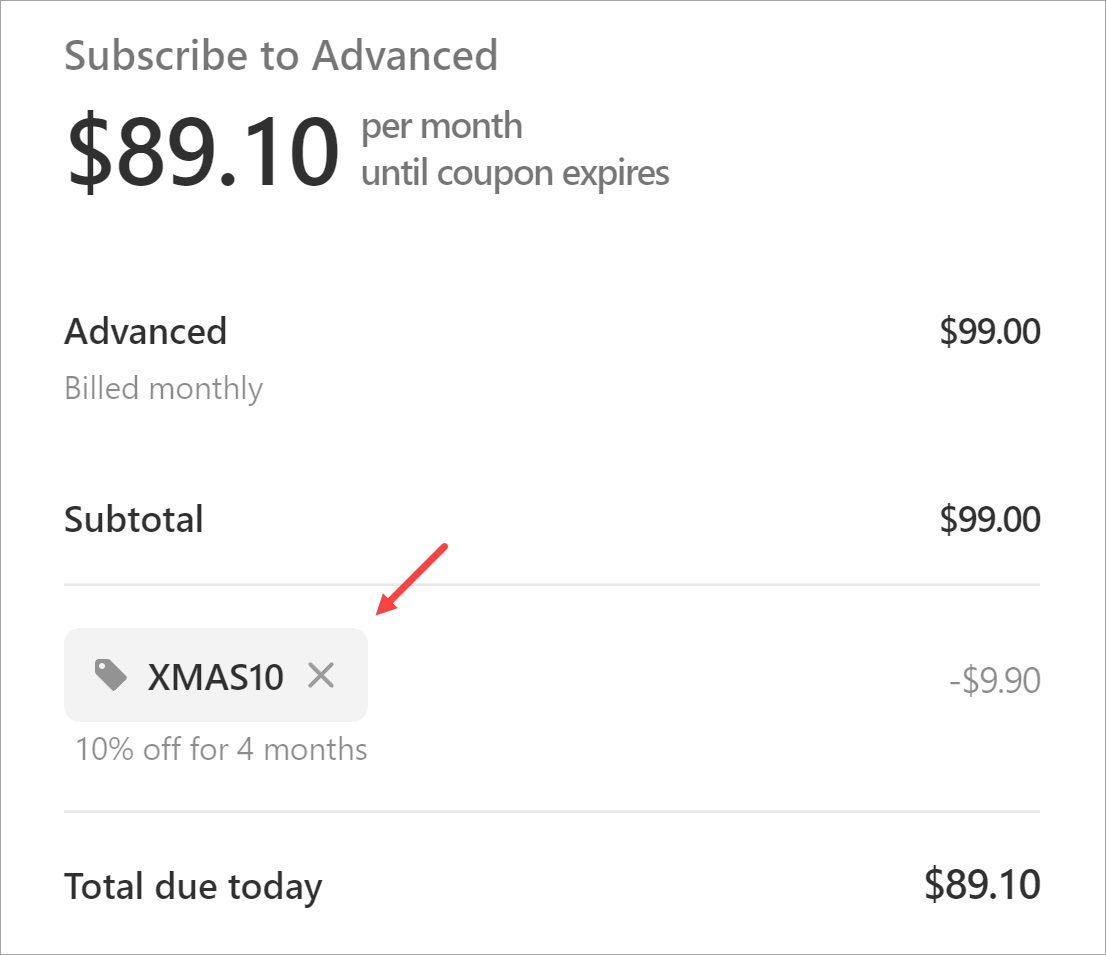
Essential ROI Metrics to Monitor
Focus on these key metrics across all your tracking methods:
Cost Per Acquisition (CPA): Total campaign spend ÷ number of new customers
Return on Ad Spend (ROAS): Revenue generated ÷ campaign cost × 100
Click-through rate: Clicks ÷ impressions × 100
Conversion rate: Purchases ÷ website visitors × 100
Customer lifetime value: Long-term revenue from acquired customers
Aim for at least 300% ROAS (3:1 return) for profitable campaigns, though this varies by industry and campaign objectives.
Best Practices for Better ROI Tracking
Start with clear goals: Define what success looks like before launching campaigns - brand awareness, traffic, sales, or email signups.
Use multiple tracking methods: Combine UTM tracking, creator data, and promo codes for a complete picture.
Track long-term impact: Monitor customer behavior for 60-90 days after campaigns to capture delayed conversions.
Document everything: Keep detailed records of what works to inform future campaign decisions.
Test and optimize: Run small tests with different creators and content types to identify your most effective approaches.
Conclusion
Tracking influencer marketing ROI requires combining multiple methods to capture the full impact of your campaigns. While EMV might look impressive in reports, focus on metrics that directly tie to business outcomes like traffic, conversions, and customer acquisition cost.
The most successful brands use a combination of Google Analytics tracking, creator performance data, specialized platforms like Favikon for deeper insights, and unique promo codes for direct attribution. This multi-layered approach gives you the data needed to optimize campaigns and scale your most successful influencer partnerships.
Remember, the goal isn't perfect attribution - it's getting enough data to make informed decisions about where to invest your influencer marketing budget for maximum returns.
Related Articles
See all the articlesResources











.png)
